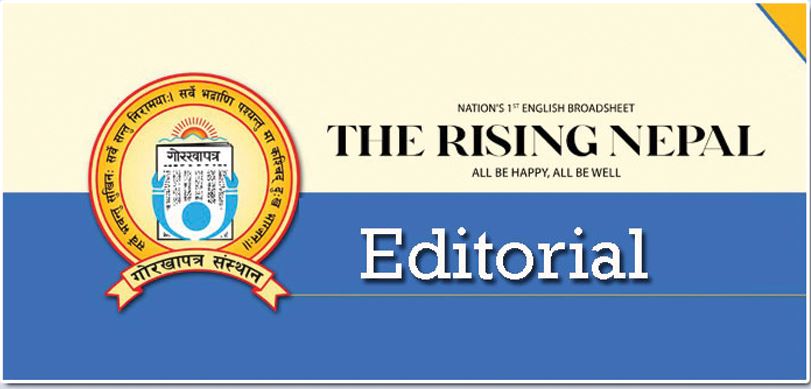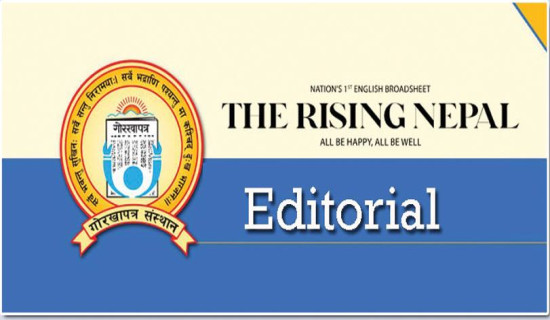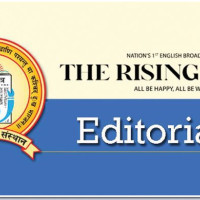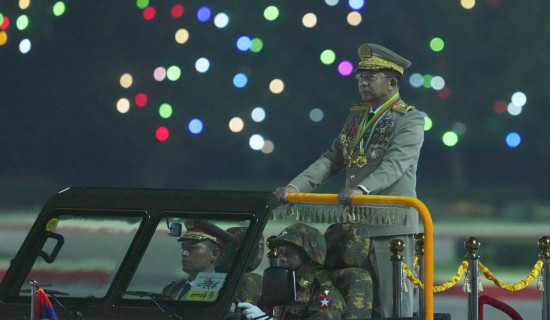- Monday, 20 October 2025
Handling Public Debt
The total outstanding debt of the government hit Rs. 2,518 billion in mid-November, 2024, up from Rs. 2,434.09 billion at the end of last fiscal year (FY) 2023/24. The total debt to GDP ratio grew to 44.14 per cent from 42.73 per cent of last FY. During the first four months of the current fiscal year 2024/25, the total outstanding debt has increased by 3.45 per cent (Rs. 83.96 billion) with an increase of 1.01 per cent in external debt and 6.03 per cent in internal debt.
At the same time, the nation's cost of servicing debt is also on the rise. The government spent Rs. 222.74 billion in debt servicing, including principal repayment and interest, in the fiscal year 2022-23, a rise of 83 per cent from Rs. 121.99 billion the previous fiscal year 2021/22. The figure was Rs. 95 billion in FY 2020.21. The government has been spending over four per cent of the GDP in debt servicing, which is alarmingly high, according to economists. The debt expenditure is considered normal if it is less than two per cent of the GDP.
Economists have warned that ballooning cost of debt have already strained the budget for critical sectors like health, nutrition, education, and infrastructure. The country resorted to heavy borrowing in the FY 2015/16 to fund its post- 2015 earthquake reconstruction effort. Subsequently, the COVID-19 pandemic only added to the debt burden as the government had to go on a borrowing binge to spend a fortune in its effort to rein in the pandemic. This happened at a time when the government revenue nosedived amid massively shrinking economy.
One recent article in The Economist has warned that the rapidly growing global debt is threatening to hamstring many countries worldwide economically and even push them decades back in developmental gains. And those especially hit are poor and developing countries with woefully weak currencies. Saddled with already-high debt burden, such countries have only few rooms left to take out more loans, if at all, forcing them to choose between paying back loan and investment in critical sectors. The situation is so dire in a few poor African countries that without new loans in USD, their economies face the risk of total collapse.
Making matters even worse is the high cost of debt servicing. This is so because they have to pay up to eight times more in interest than many of their developed peers. International Monetary Fund had recently said in its report that Nepal’s external and overall debt remains at low risk of distress based on its debt sustainability analysis. However, that doesn't seem to portray the big picture. As things stand, the government is even compelled to take out domestic loans even to cover its recurrent expenditure.
One noted economist has voiced his concern that the soaring domestic loan to achieve near parity with external loan bodes ill for the economy and advised the government opt for the latter as a first choice, citing that when outside money is injected into the economy, there is a net gain. The government should be aware of these facts and trends and borrow only as a last resort by not undermining the country's credit rating. Of course, loan is not a free money. There is no better option, however, than generating its own revenue to cover its expenses. Concrete measures must be taken to widen its tax net.
















